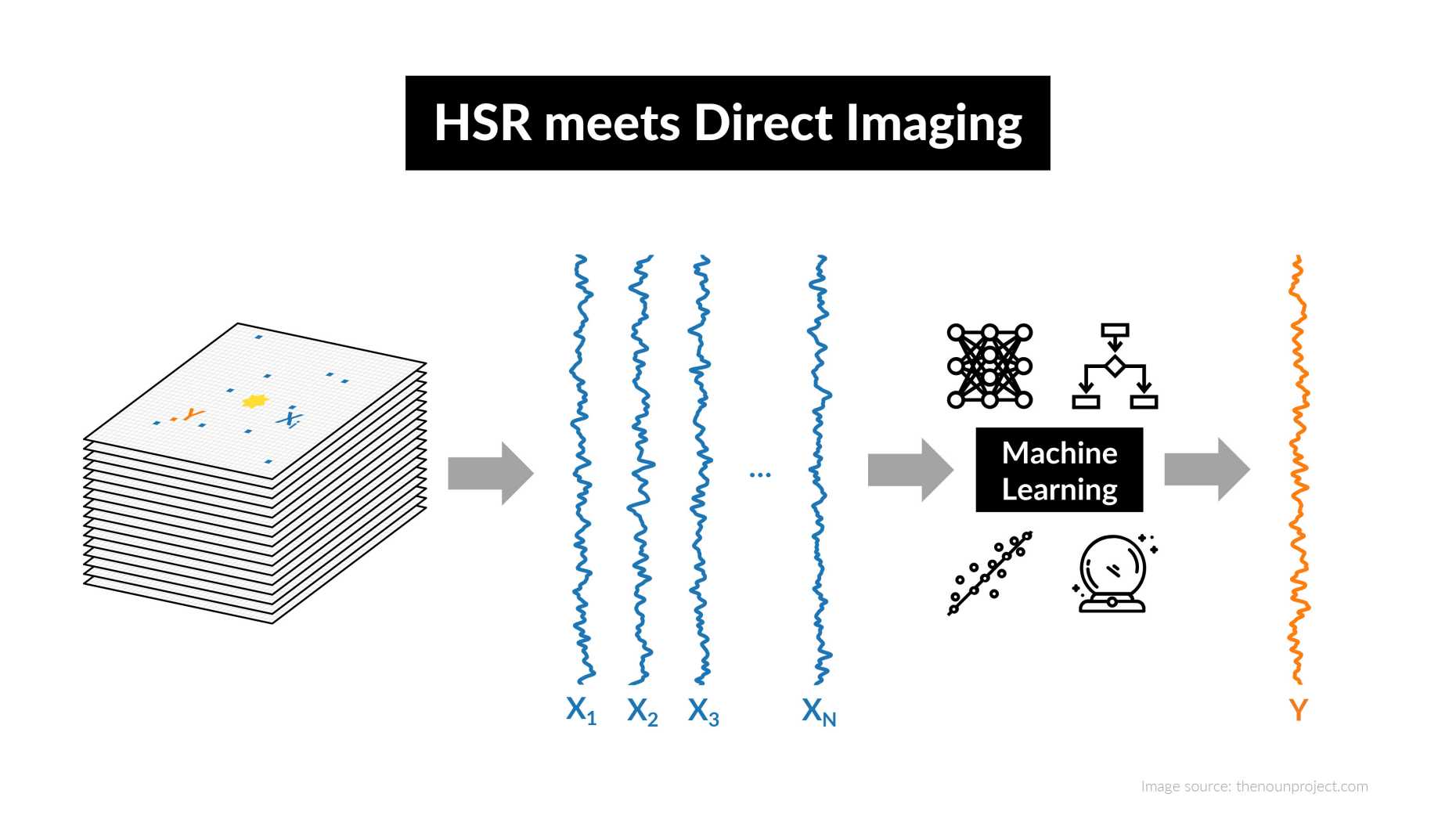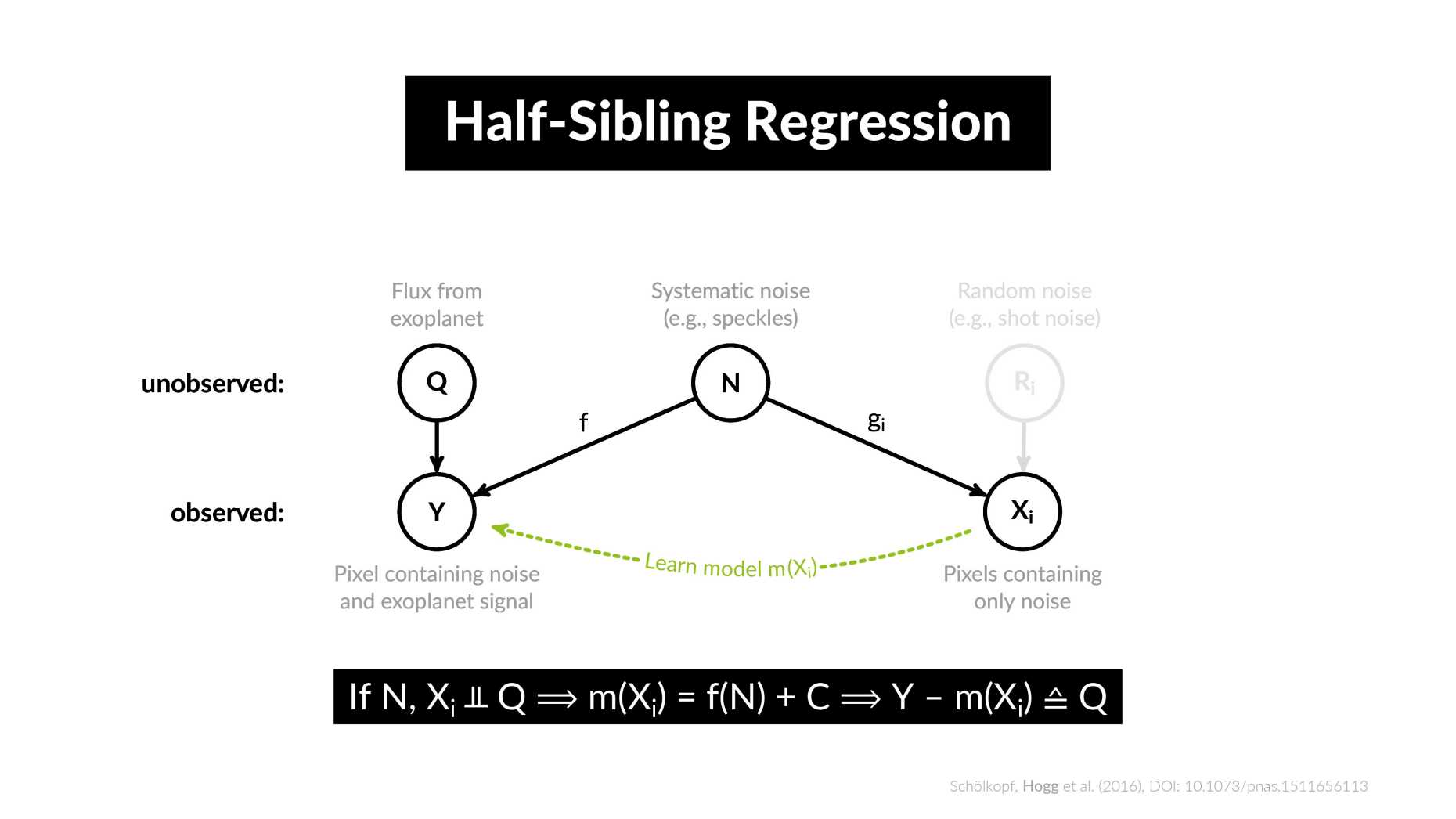ML4HCI
In addition to the end-to-end software package PynPoint that provides a state-of-the-art environment for processing and analyzing high-contrast imaging (HCI) data of faint companions, we are also investigating novel machine learning (ML) approaches to further push the detection limits of (future) ground-based observations. The efforts include new ways to accurately model and subtract the stellar point-spread-function during post-processing, but also the development of predictive control algorithms for upcoming (extreme) adaptive optics (AO) systems. Some of the activities are done in collaboration with colleagues from the Max Planck-ETH Center for external page Learning Systems.
Several sub-projects are currently ongoing, and results will be published here in the near future.

